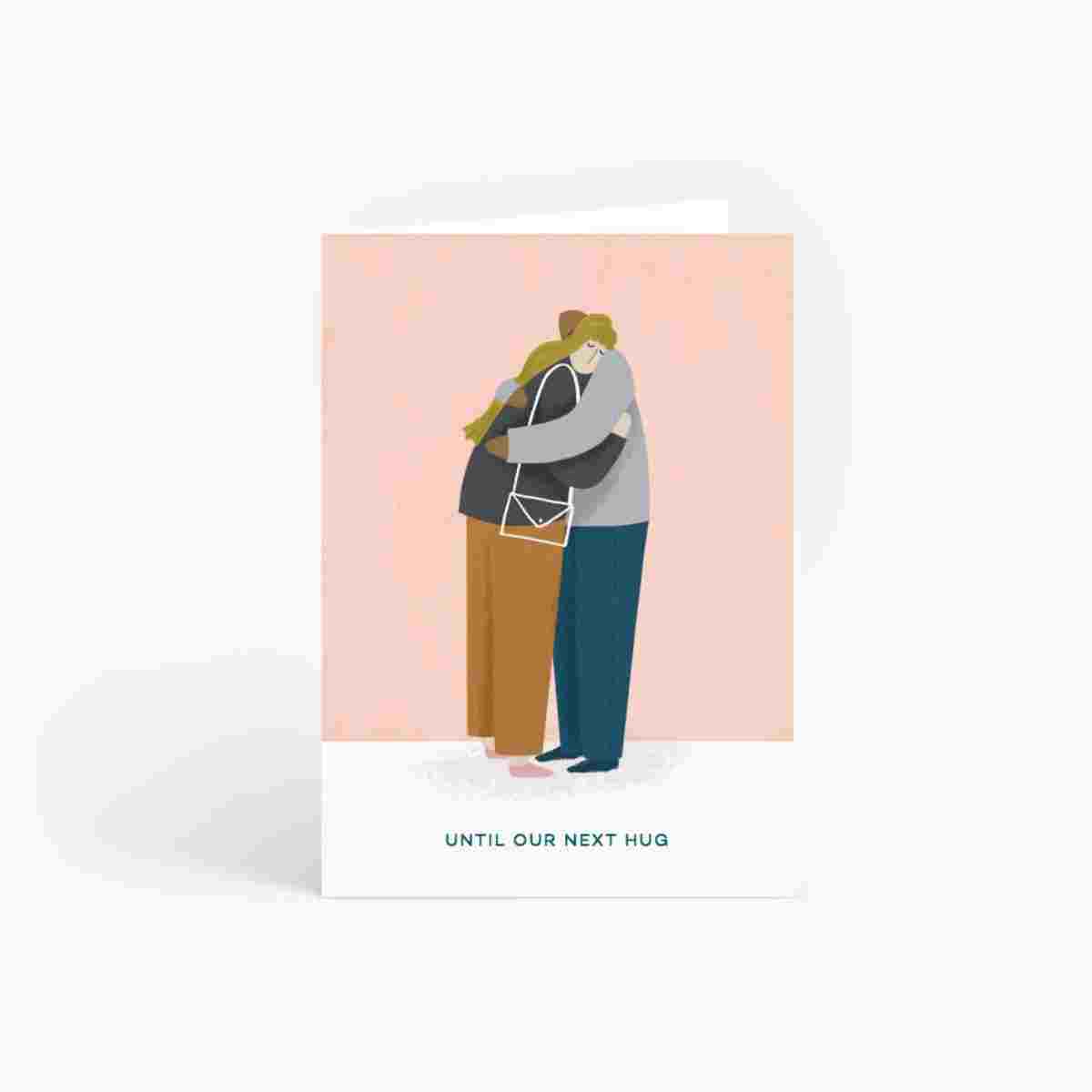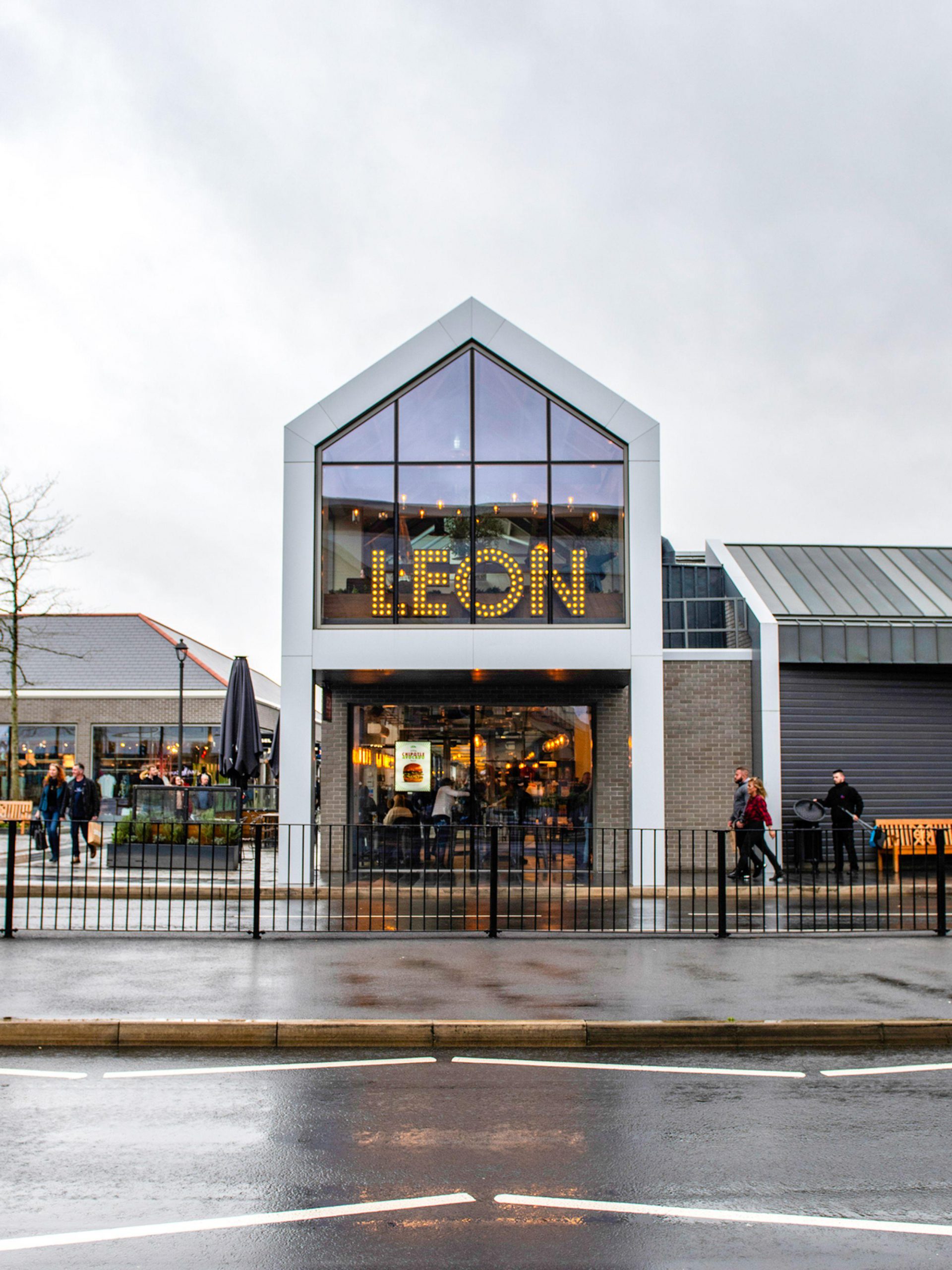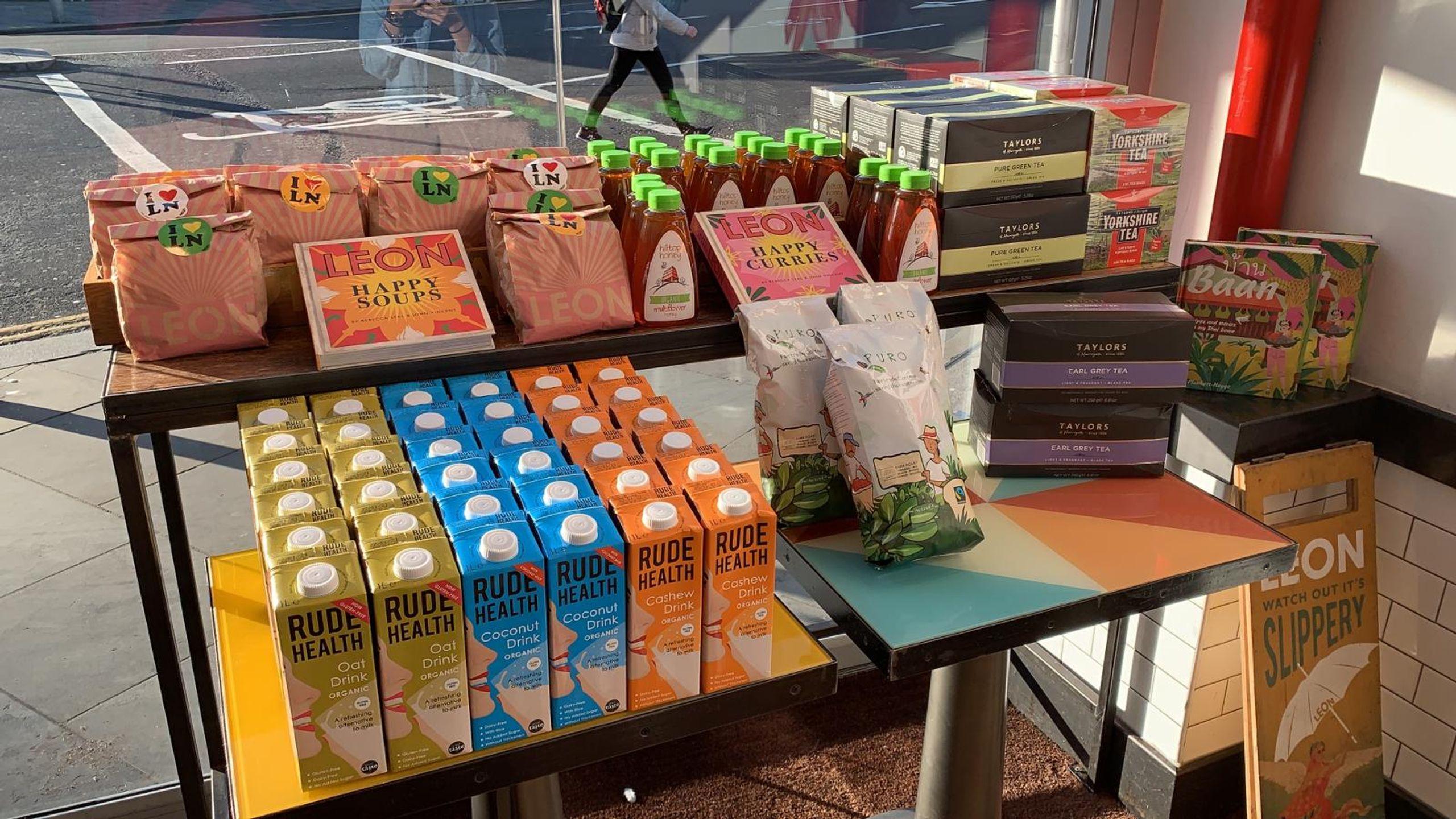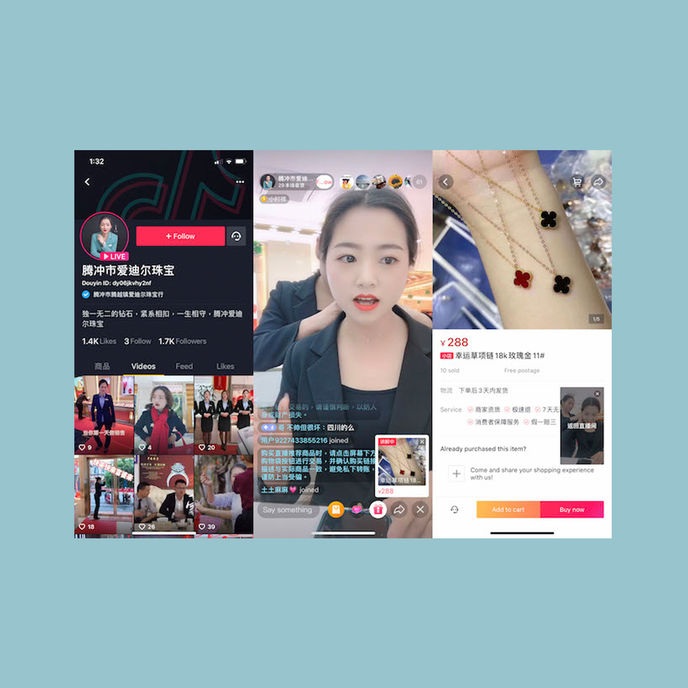After having looked at the question of how to rethink relations with consumers, this second article continues the series dedicated to the playbook Design for Future: a guide that facilitates a brand’s reconnection with the market and consumers.
The change in lifestyle that we are currently experiencing, as sudden and radical as the pandemic that triggered it, has overturned priorities and needs, bringing new habits and requirements to light.
If they are to survive, brands should not assume that their product or service is the response to a demand that still exists or will return at some point in the future, but they should be able to perceive the signs of new needs. These signs can be discovered by the close observation – as far as is possible – of consumers, and reflecting on their own resources, in order to understand which response could be the most appropriate, and in which format. This dual approach to researching consumers and the brand takes place on three levels:
1. Researching new consumerist moments, observing the changing habits and requirements developed by a brand’s consumers and all the individuals that can be reached through its channels
2. Researching the new channels used by both the brand’s current and other potential consumers, observing how individuals search for solutions to their changing requirements
3. Researching the potential of new channels, dedicating attention above all to the digital world, the difficulties encountered by people, and the opportunities offered by the latest technology
1. Which are consumers’ new consumerist moments?
Papier, a British online stationery shop, has rediscovered the need, amongst its customers and an even wider public at large, to communicate their affection to loved ones during lockdown. This was a rediscovery of the brand’s role, and above all it offered immense business opportunities: in fact, Papier is one of the few companies that has trebled its turnover in this period. Taymoor Atighetchi, founder and CEO, recognised people’s need – in first instance, his own need – to send a gesture to distant family and friends, expressing the concept “I am thinking of you” in a more tangible and concrete method than a smartphone message. To achieve this, he immediately started working – remotely – in order to extend the range of illustrated cards, adding a new category, ‘Love from afar’.


More and more people have rediscovered the fascination not only of greeting cards, but also handwritten letters and ‘quarantine diaries’. The strategy that Papier wants to adopt is to exploit these new consumerist moments that could continue in the future, so that the company is well prepared, with an increasingly diversified product portfolio, ready not only for pandemics but for many other future challenges. Like Papier, every brand should ask itself: which products and services can I imagine as having a role for these new moments? In this way it can diversify its product range in order to meet the consumerist opportunities that have emerged at the present time, but that could reappear in the future as well.
2. Which sales channels are accessible to your consumers?
Leon, a healthy fast food chain, has retained contacts with its clientele not just through online orders and deliveries, but also by transforming its restaurants into minimarkets. When people are forced to stay at home, the demand for fast food, however healthy, has decreased. The thing that has grown is fear, which has triggered panic buying, which in turn has led to the disappearance of many products from supermarket shelves.


Leon has reinvented itself choosing a hybrid format, between restaurant and minimarket, while retaining coherency with its own identity. Many other brands have asked themselves: how can we utilise the characteristics of new sales channels, adapting them to our own concept? This approach creates a hybridisation across different channels, giving rise not only to temporary solutions that can deal with the emergency situation, but also to innovative formats that may continue to exist in the future.
3. What is the potential of the digital channel?
Like all stores, Ideal, a Chinese jewellery company, has had to close the doors of its large and luxurious space in which it welcomed and advised its customers. The e-commerce channel would never have been able to replace the need for a human, expert type of consultancy. In the course of a single night, the store became the stage set for direct streaming broadcasts and video-calls between staff and customers on WeChat.


Ideal did not just put its jewellery online, but all its experience in consultancy and staff relations. Every brand should ask the question: how can I humanize the digital experience to bring it closer to the consumer? Many have already found feasible answers by using various tools, ranging from e-commerce websites to social media and even online gaming platforms.
Papier, Leon and Ideal are 3 brands that make overnight transformation seem easy, to the point of evolving their business model. Their transformation seems easy because it was empowered by simply continuing to do what a brand should do, whether or not there is a pandemic: listen to their consumers’ needs and provide a direct response, get rid of superstructures, and ensure that the consumer is the focal point of everything.
Marta Fontana, Strategic Designer at CBA

